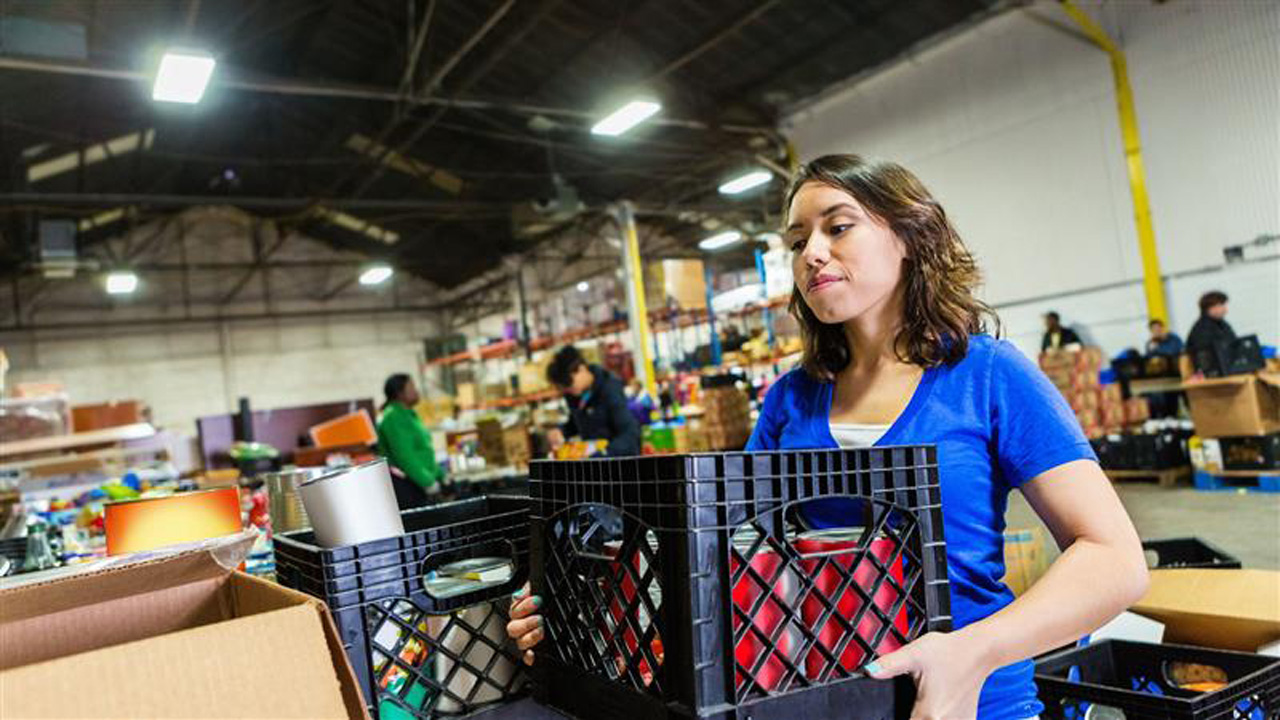The infamous McDonald's ice cream machines are sparking a new wave in the right to repair movement, highlighting the environmental impact of single-use mentality. (Invision/Tomas Ovalle via AP)

- McDonald's infamous ice cream machines have become a symbol of the right to repair movement.
- The right to repair refers to consumers' ability to fix products independently, which corporations often make difficult to maintain profits.
- California has passed a strong bill protecting repair rights, but gaps remain.
Share
|
Getting your Trinity Audio player ready...
|
McDonald’s might just be a new frontier in our fight against the climate crisis.

Reid Heavner
Special to CalMatters
Opinion
Yes, that McDonald’s. Specifically, their infamous ice cream machines.
Over the last few years, these machines have become a public laughingstock due to their tendency to break down and the inability of individual restaurants to fix them. The constant mishaps and slow repairs have annoyed customers and spawned thousands of memes.
The Right to Repair Movement
They’ve also built support for the next iteration of the right to repair movement.
“Right to repair” refers to the ability of consumers to independently repair products without going back to the manufacturer. This doesn’t just apply to ice cream machines: advocates have been pushing for repair rights for everything from dishwashers to cars to phones.
In this election year, the right to repair deserves attention from voters and candidates alike.
Unfortunately, the goal of repair rights runs counter to the interests of large corporations. When a company sells so much of its product that their market becomes saturated, their sales decline. Recently, corporations have been trying to maintain profits by making their products impossible to repair without product-unique tools, instructional resources or special software.
Another common strategy is “parts pairing,” in which a company remotely disables features of their product after detecting a repair by anyone other than themselves. This forces consumers into one of two options: paying the company to perform costly repairs or paying the company for a replacement product.
When asked about these issues, Nathan Proctor, Public Interest Research Group’s senior director of the right to repair campaign, said companies “are making these things, assuming that as soon as it has a maintenance issue, it’s being thrown away. That has to stop.”
That’s because companies’ single-use mentality has massive environmental repercussions.
Californians generate 1.5 tons of e-waste every minute, according to PIRG. Globally, e-waste emissions are growing steadily, reaching over 600 million tons of climate pollution in 2020.
The problem is fixable. If Americans waited just one extra year before buying a replacement, Proctor said it would be similar to taking over 630,000 cars off of the roads and would save roughly $382 per household, or $50 billion nationally.
Related Story: Vital Climate Tool or License to Pollute? The Battle Over CA’s First ...
California’s New Regulations
Luckily, the California Legislature last year passed the nation’s strongest bill protecting repair rights. California now requires manufacturers to provide parts, guides and software to fix all electronics and appliances for up to seven years after a purchase.
However, gaps remain. The law only applies to a narrow set of consumer products, and even creates some big exceptions within those categories such as video game consoles. Plus, while seven years may sound like a long time, it’s insignificant compared to the longevity you might expect from an appliance.
Ultimately, the bill doesn’t address the fundamental problem at hand. Corporations still are able to practice parts pairing, or can just design their product to make repairs more difficult.
California’s new regulations are a step in the right direction, but the state’s leaders must close these gaps and loopholes. Our federal representatives need to support a national right to repair, and the election year is a perfect opportunity for candidates to endorse this principle.
At the end of the day, we just want quality products that work. We don’t want to pay absurd amounts of money just to have functional items, and we don’t want to spend hours fighting with intentionally poor product designs.
With improved legislation, we can create a world where our products work for us. Whether that’s as simple as being able to get ice cream at McDonald’s or as complicated as fixing an old computer, repair rights create a world we could all benefit from.
Related Story: Vital Climate Tool or License to Pollute? The Battle Over CA’s First ...
About the Author
Reid Heavner is a freshman at Santa Rosa High School. He is a staff writer for The Santa Rosan, the school’s student-run newspaper, and aspires to be an editor or podcast manager.
Make Your Voice Heard
GV Wire encourages vigorous debate from people and organizations on local, state, and national issues. Submit your op-ed to bmcewen@gvwire.com for consideration.
About CalMatters
CalMatters is a nonprofit, nonpartisan newsroom committed to explaining California policy and politics.
RELATED TOPICS:
Categories




















